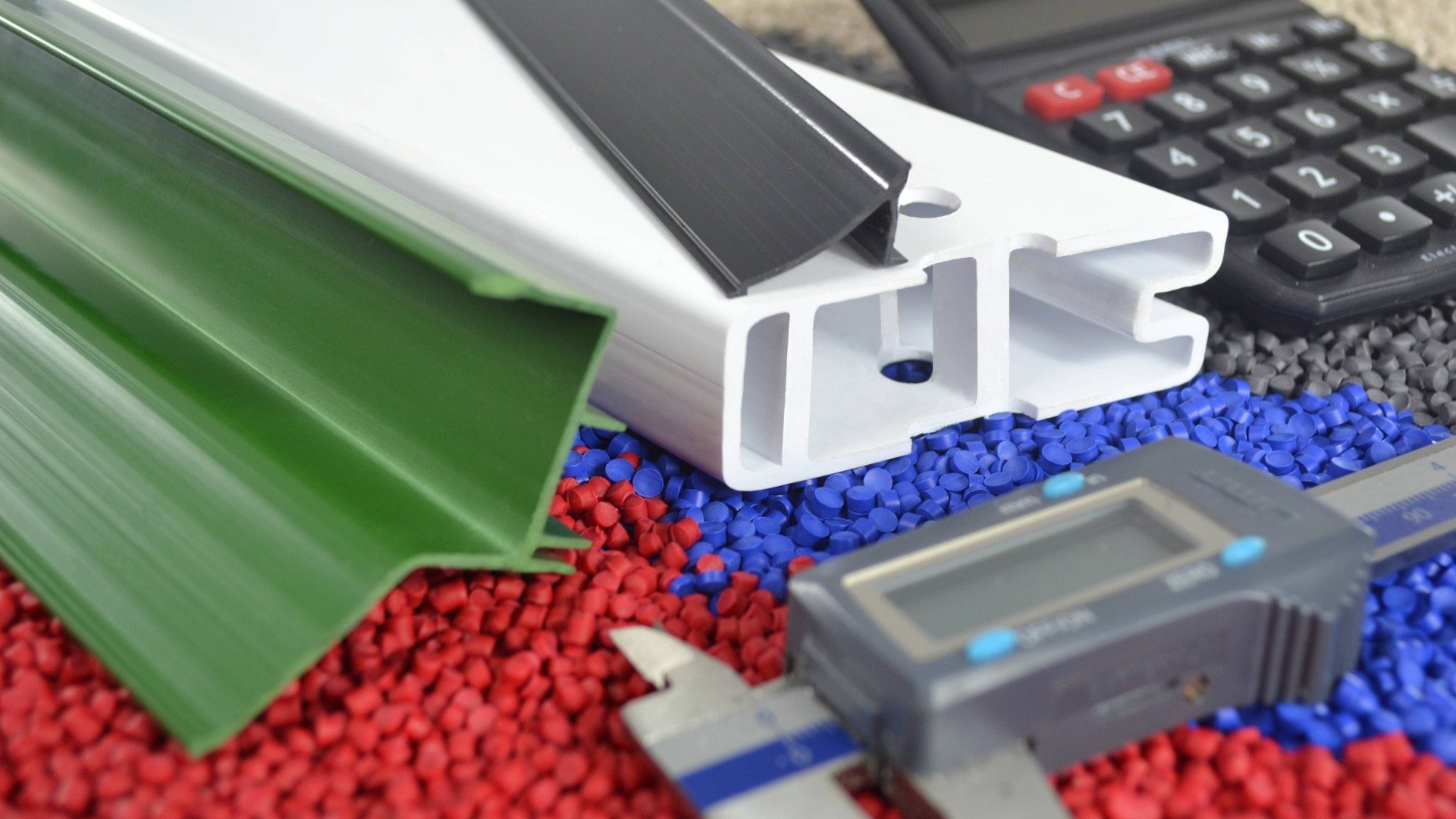Understand the versatility of plastic extrusion in design
Understand the versatility of plastic extrusion in design
Blog Article
Understanding the Essentials and Applications of Plastic Extrusion in Modern Manufacturing
In the realm of modern-day manufacturing, the technique of plastic extrusion plays a critical function - plastic extrusion. This complex process, involving the melting and shaping of plastic through specialized dies, is leveraged across various industries for the production of diverse items. From vehicle components to consumer goods packaging, the applications are substantial, and the possibility for sustainability is similarly remarkable. Unwinding the principles of this process reveals the real convenience and capacity of plastic extrusion.
The Principles of Plastic Extrusion Refine
While it may show up complex, the principles of the plastic extrusion process are based upon fairly straightforward concepts. It is a production process wherein plastic is melted and after that shaped right into a constant account with a die. The raw plastic product, frequently in the kind of pellets, is fed right into an extruder. Inside the extruder, the plastic goes through warmth and pressure, creating it to melt. The liquified plastic is then compelled via a designed opening, called a die, to develop a long, continuous item. The extruded item is cooled and afterwards reduced to the desired size. The plastic extrusion process is extensively made use of in various industries as a result of its cost-effectiveness, flexibility, and efficiency.
Different Kinds Of Plastic Extrusion Strategies
Building upon the standard understanding of the plastic extrusion procedure, it is required to discover the various methods associated with this production technique. Both key strategies are profile extrusion and sheet extrusion. In profile extrusion, plastic is melted and developed into a continuous account, often made use of to develop pipelines, rods, rails, and window frames. In comparison, sheet extrusion develops large, level sheets of plastic, which are typically additional processed right into items such as food product packaging, shower curtains, and car components. Each method needs specialized machinery and specific control over temperature and pressure to guarantee the plastic maintains its form during cooling. Comprehending these methods is key to using plastic extrusion effectively in modern-day manufacturing.

The Duty of Plastic Extrusion in the Automotive Industry
An overwhelming bulk of components in modern-day cars are products of the plastic extrusion procedure. Plastic extrusion is mostly made use of in the production of various car elements such as bumpers, grills, door panels, and control panel trim. Hence, plastic extrusion plays a pivotal function in automotive production.

Applications of Plastic Extrusion in Durable Goods Production
Past its considerable influence on the automotive industry, plastic extrusion proves just as efficient in the world of durable goods manufacturing. This procedure is crucial in developing a vast range of products, from food packaging to house devices, toys, and also clinical gadgets. The versatility of plastic extrusion allows manufacturers to make and produce intricate shapes and dimensions with high precision and performance. In addition, because of the recyclability of lots of plastics, squeezed out parts can be recycled, decreasing waste and expense. The versatility, adaptability, and cost-effectiveness of plastic extrusion make it a recommended selection for several customer goods manufacturers, adding substantially to the market's development and innovation. The ecological effects of this widespread usage call for cautious consideration, a topic to be gone over even more in the subsequent section.
Environmental Impact and Sustainability in Plastic Extrusion
The pervasive use plastic extrusion in making invites scrutiny of its ecological ramifications. As a process that often makes use of non-biodegradable materials, the ecological influence can be significant. Power intake, waste manufacturing, and carbon emissions are all worries. However, industry developments are increasing sustainability. Reliable equipment try this web-site reduces power usage, while waste management systems recycle scrap plastic, lowering resources needs. Additionally, the growth of biodegradable plastics provides a more environmentally friendly option. Despite these enhancements, further advancement is needed to reduce the ecological impact of plastic extrusion. As society leans towards sustainability, suppliers should adjust to continue to be feasible, highlighting the value of continual research and improvement find out here now in this area.
Conclusion
In conclusion, plastic extrusion plays a critical duty in contemporary production, specifically in the automotive and durable goods sectors. Its flexibility permits for the manufacturing of a wide variety of parts with high accuracy. Its capacity for recycling and development of naturally degradable materials uses an encouraging avenue in the direction of lasting methods, thereby attending to ecological issues. Recognizing the fundamentals of this process is vital to enhancing its applications and benefits.

The plastic extrusion process is thoroughly made use of in various sectors due to its versatility, efficiency, and cost-effectiveness.
Building upon the basic understanding of the plastic extrusion process, it is necessary to explore the numerous strategies involved in this manufacturing method. plastic extrusion. In contrast, sheet extrusion develops large, level sheets of plastic, which are typically further refined into items such as food product packaging, shower drapes, and vehicle parts.A frustrating helpful hints majority of parts in contemporary vehicles are items of the plastic extrusion process
Report this page